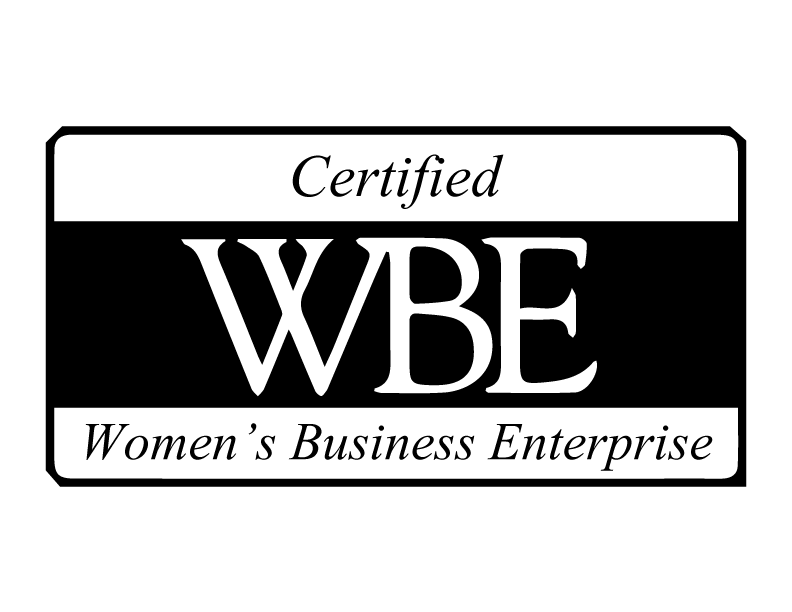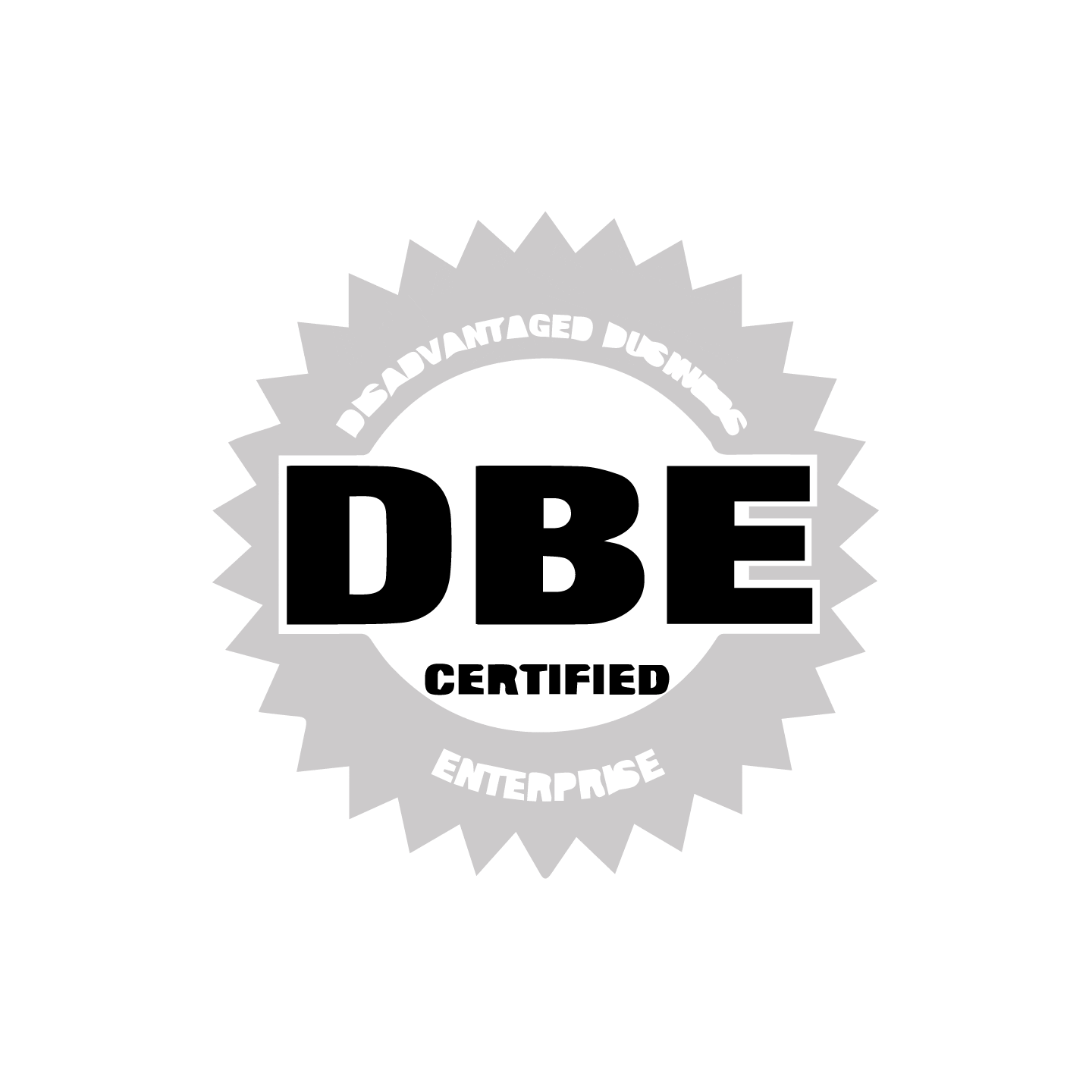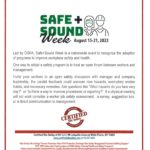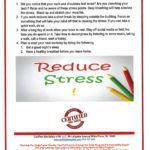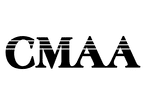Conducting safety and health audits in the workplace or a construction site can identify and help to eliminate workplace hazards. The Occupational Safety and Health Act of 1970 (OSH Act) was created to encourage safer workplace conditions. At any time, OSHA has the authority to inspect a workplace and issue citations or penalties for violations against safety regulations. Under these regulations, employers have a responsibility to uphold a safe workplace for not only their workers but the public as well.
What Happens During an OSHA Inspection
When your worksite has an OSHA Inspection, there are a few areas that OSHA prioritizes. Some of these can include:
- Imminent danger situations: These are hazards that can cause death or serious physical harm. These hazards will need to be corrected immediately or removed.
- Severe Injuries and Illnesses: Employers must always report any work-related fatalities, hospitalizations, amputations or eye injuries.
- Worker complaints: Allegations of hazards or violations will be a high priority for compliance officers.
- Referrals of Hazards from federal, state or local agencies: Any allegations from any of these authorities will be a main priority.
- Targeted Inspections: These inspections will look for high-hazard industries or individual workplaces that have a high rate of injuries or illnesses.
- Follow-up Inspections: Any follow-up inspections can be arranged to make sure that previously mentioned violations have been corrected.
Checklist Importance and StructureÂ
To ensure that your workplace is compliant and safe for all workers and the public, you can perform self-audits. Performing these routine audits can not only help identify safety hazards within a workplace effectively that should be corrected, but they also ensure compliance with OSHA regulations. Creating a checklist for a workplace in order to stay compliant with regulations, is the most effective way to keep employers informed with safety and health.Â
The most effective way for performing a self-audit is to use a checklist for each work area. The size of the company or business helps decide how many checklists are required and how much detail should pertain to each. While there is not a formal checklist format, there are several important features that should be included:
- Name of the auditor and date inspectedÂ
- Description of the specific regulatory citation
- Completion date for deficiencies foundÂ
- Initials and/or date when all corrections have been completed
Performing a self-audit and creating and maintaining a checklist for business operations is by no means the only step in keeping a workplace environment safe. A team approach to safety is most effective which means to rotate people on and off a team, keeping ideas fresh and enhances perspective. Inspecting any area no matter the size, thoroughly and frequently can help to eliminate hazards or identify them in a timely manner. Once the hazards are identified, create a system for corrections.
Providing OSHA Training For Your Workers
According to the state of New York, all workers on public works contracts that are required to under Article 8 will need OSHA training. Implementing OSHA workplace training is at the responsibility of the employer and specific OSHA workplace safety requirements vary from industry to industry. To find out the required training courses for your workers, you can visit the NYC DOB website here: https://www1.nyc.gov/site/buildings/industry/dob-approved-courses.page
How Certified Site Safety Can Help
From our office in White Plains, NY, Certified Site Safety can offer a variety of OSHA Training Courses to help your employees be up-to-date with workplace safety. We also have a number of safety management professionals that can help audit your site and help you maintain all safety regulations. To learn more about our services, please give our office a call at 914-437-5454.

